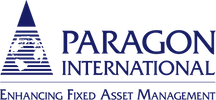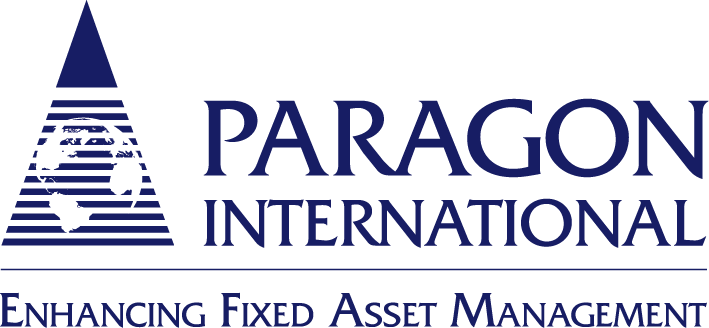Do You Suspect It May Be Time to Test for Fixed Asset Impairment? This Will Help.
Fixed asset impairment occurs when an asset experiences a one-time or unexpected drop in value, resulting in a significantly lower market value than the one listed on your balance sheet. Fixed assets are one of the most likely asset types to become impaired because they stay on your books for such a long time. That is why you need to know how and when to test for impairment.
Note: GAAP and IFRS have different definitions for impairment. In this article, we rely on the definition under GAAP.
Examples of When Fixed Asset Impairment Occurs
Your fixed assets may lose their value for many reasons, including:
- Regulatory or technological changes
- Shifts in the market
- Consumer preference changes
- A negative community outlook
- Damage or a change in usage rates
- Other forecasts of long-term non profitability
Note that impairment is different from depreciation.
- Impairment reflects a one-time or unusual drop in market value that occurs when you determine that your business will never be able to recover an item’s net carrying cost remaining on the books.
- Depreciation is the standardized reduction in value you calculate each year. It can be equal, straight-line amounts year after year, or it may be accelerated for a few periods.
When It’s a Good Idea to Test for Impairment
In general, you should make sure that you regularly assess whether an asset or asset group may have experienced a significant change in its circumstances. Sometimes this is obvious, such as when a hurricane structurally damages your property. Sometimes this is less obvious, such as when consumer preferences change.
Since it’s impractical to test every asset in every period, it is a smart idea to set aside time to consider whether the following triggering events may have occurred for any of your fixed assets. Ask:
- Is a new asset significantly more expensive to obtain that you had previously thought?
- Is your asset associated with a history of current period losses or operating cash flow losses?
- Does your asset show a pattern of declining market value?
How to Test for Fixed Asset Impairment
When you identify that a triggering event has occurred, you should test for impairment. To do this:
- Properly value the asset at fair market value prior to testing. Valuation is difficult, so you may want to work with an expert for this step.
- Set your testing threshold at the lowest possible level, such as for each individual item instead of for an entire building’s-worth of items.
- Use the calculation below to fairly determine if an asset’s net carrying amount exceeds its current fair market value. If this can be demonstrated, the asset can probably be impaired and written down on the books, with some exclusions (*see Note below).
[Net carrying amount] – [current fair market value] = [Impairment amount]
As an example, if you bought a tugboat 5 years ago for $150K with a salvage value of $20K, you have probably been straight-line depreciating it at $13K per year since then (original cost minus salvage value, divided by 10 years of straight-line depreciation).
At 5 years, your remaining depreciation / carrying amount is $65K, but the tugboat has suffered some structural damage, which impacts the electronics. You can fix it to remain serviceable for your limited needs, but you can tell that its erratic technology will impact its market value. You determine that its fair market value is now only $40K, so your calculation would read:
$65,000 carrying amount – $40,000 fair market value = $25,000 asset impairment
*Note: Asset impairment is jointly regulated by the IRS, FASB, and GASB and there are certain exclusions for impairment under GAAP and IRS regulations. It is a good idea to make sure your asset meets all impairment requirements before it is written down.
- Adjust your remaining depreciation amounts to reflect the new value of your asset over its remaining lifetime.
Returning to our tugboat example above, you would adjust the asset’s value to $40K and resume straight-line depreciation for its remaining lifetime.
Therefore, instead of depreciating $13K each year based on the original cost, you would recalculate your depreciation as $40K fair market value – $20K salvage value = $20K net carrying amount, which would be straight-line depreciated over 5 remaining years because a tugboat is typically depreciated for 10 years.
In this case, you would depreciate $4K each year going forward until the boat has reached its salvage value.
Need to Adjust for Impaired Assets? Sage Fixed Assets – Depreciation Can Help.
If your testing demonstrates that an asset or asset group has experienced impairment, you will need to adjust the value of that asset or asset group on your books. If you use a spreadsheet to manually manage your fixed assets, this adjustment may simply be a tiresome task in the case of a single asset. However, if you must allocate an adjustment among an entire asset group, this task can become a full-day’s work — or longer.
Sage Fixed Assets – Depreciation can help ease this process with detailed group viewing and adjustment tools, advanced capabilities for bulk edits on asset group lives, more than 300,000 IRS tax rules and GAAP supported depreciation methods, and automated depreciation schedule calculations.
Paragon Professional Services – ParaCare Support can help complete the impairment exercise by working with your team on processing the updates for you. This could be based on however you need to tackle it; either by a group of assets or a complex set of full and partial impairments developed in a spreadsheet. Contact us to discuss options that make sense for you, and we can take this off your plate!
Learn more about Sage Fixed Assets – Depreciation
Serving clients since 1985, Paragon International, Inc. provides independent, impartial and accurate cost segregation analyses, and property valuations and appraisals to assist in and support decisions related to taxes, risk management, investment, financing and corporate planning. Our consultants have extensive fixed asset experience – they’re fixed asset experts. Because of that we are able to offer a unique combination of irreplaceable human resources and advanced technology. We have specialists experienced in valuing closely-held securities, patents and other intangible assets, business enterprises, buildings, equipment and real estate. In addition, Paragon provides complete inventory and asset management services and solutions, including software customization and training, barcode labels and scanners, and tailored inventory services such as data conversion and integration, asset inventories, asset policies, cost reconciliation, and appraisal services. Contact Paragon International to discover how we can help you.




